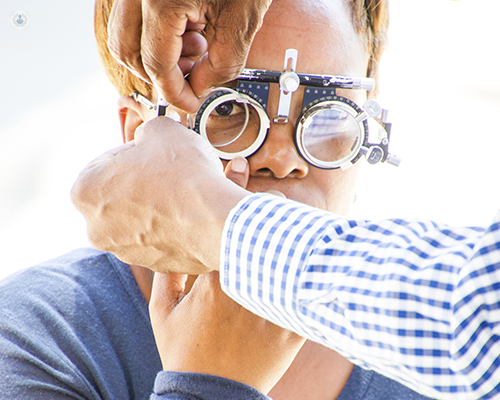Is there a downside to cataract surgery?

Cataract surgery is a common and highly effective procedure for treating cataracts, a condition characterized by the clouding of the natural lens of the eye. With advancements in surgical techniques and intraocular lens technology, cataract surgery has become a safe and successful procedure for restoring vision. However, like any medical intervention, there are considerations and potential downsides to be aware of. In this blog post, we will explore the question of whether there is a downside to cataract surgery and provide insights to help you make an informed decision.
Potential Risks and Complications of Cataract Surgery:
While cataract surgery is generally safe, like any surgical procedure, it carries some risks and potential complications. It’s important to note that these risks are relatively rare and can often be effectively managed or treated:
- Infection: Although rare, there is a small risk of developing an infection following cataract surgery. Eye care professionals take precautions to minimize this risk through sterile techniques and the use of antibiotics.
- Inflammation: Inflammation in the eye is a possible complication after cataract surgery. Eye drops or medications are typically prescribed to control inflammation and promote healing.
- Swelling and Retinal Detachment: In some cases, swelling of the cornea or retina can occur after cataract surgery. Prompt medical attention and treatment can help address these complications effectively.
- Posterior Capsule Opacification (PCO): PCO is a condition in which the back portion of the lens capsule becomes cloudy, causing vision to become hazy. PCO can develop months or years after cataract surgery, but it can be easily corrected with a quick, painless laser procedure called YAG capsulotomy.
Visual Changes and Adjustment after Cataract Surgery:
Cataract surgery aims to improve vision, but it’s important to be aware of certain factors that may affect visual changes and adjustment post-surgery:
- Visual Acuity: While cataract surgery typically improves visual acuity, some patients may experience minor fluctuations or changes in vision. Factors such as pre-existing eye conditions or astigmatism may influence the final visual outcome.
- Adaptation to New Lens Implant: After cataract surgery, an intraocular lens (IOL) is implanted to replace the clouded natural lens. It may take time for the eyes and brain to adjust to the new IOL, and some patients may experience halos, glare, or mild visual disturbances initially. These usually improve over time.
Considerations for Lifestyle and Activities post Cataract Surgery:
It’s essential to discuss your lifestyle and specific needs with your eye care professional before undergoing cataract surgery. Some considerations include:
- Glasses or Corrective Lenses: While cataract surgery can reduce or eliminate the need for glasses, some individuals may still require glasses for certain activities, such as reading small print or driving at night. Multifocal or accommodating IOLs may offer reduced dependence on glasses, but they may not be suitable for everyone.
- Recovery and Healing Period: Cataract surgery requires a short recovery period during which you may need to avoid certain activities, such as swimming or heavy lifting, as advised by your surgeon. It’s important to follow the post-operative care instructions provided to ensure proper healing and minimize the risk of complications.
Conclusion:
Cataract surgery is a highly successful procedure that can significantly improve vision and quality of life for individuals with cataracts. While there are potential risks, complications, and factors to consider, the overall benefits of cataract surgery far outweigh the downs. Contact SightMD today to set up an appointment to discuss any concerns you may have about Cataract Surgery and if it is right for you.


